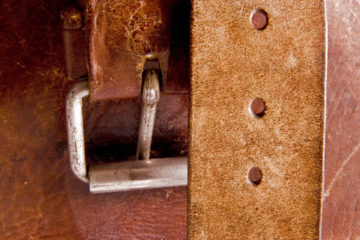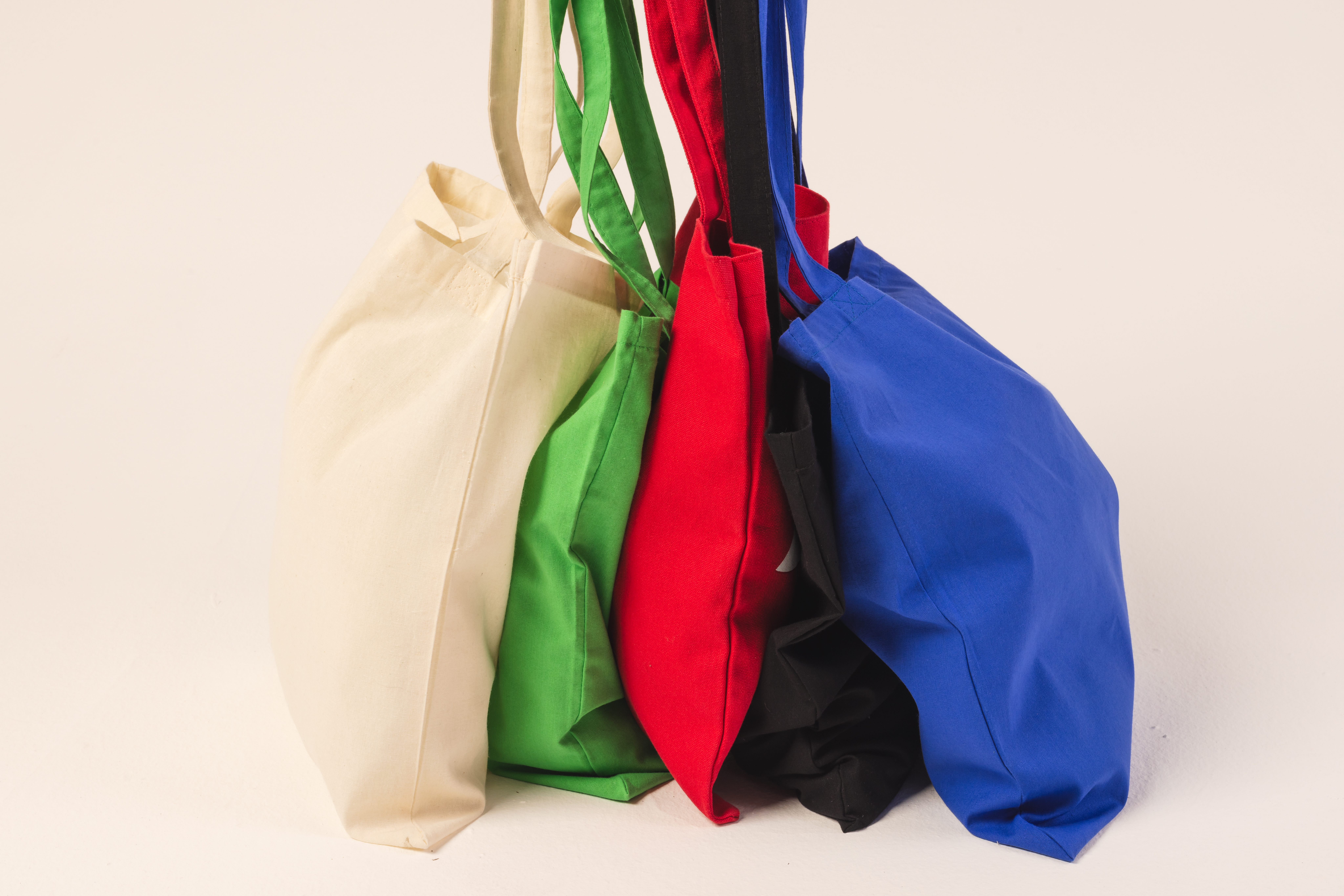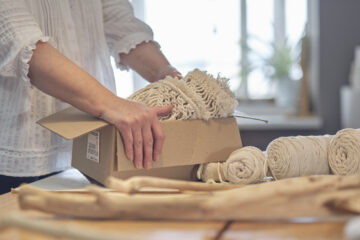Mastering Leatherworking: Essential Techniques for Cutting Leather
Leatherworking has been a craft for thousands of years. Primitive man used every part of the animal, from the meat to the bones to the hide. Due to their durability and versatility, animal hides have been a staple material for thousands of years. Since the earliest leather makers, leatherworking has advanced and become a way for artisans to weave their creativity into tangible works of art. An essential step in leatherworking is cutting. Whether crafting a wallet, a pair of boots, or a custom leather jacket, how you cut the leather will profoundly influence the outcome. This guide will discuss the basics of leather cutting, including traditional methods like hand-cutting and modern techniques like die-cutting.
Basic Leather Cutting Tools
Having the right tools is essential to creating a clean, precise cut. It is crucial to have an understanding of the different types of tools used for leather cutting. Here are some of the basic tools used to cut leather:
- Utility Knife. A sharp utility knife is one of the most versatile tools for leather cutting. It features a retractable blade, allowing easy cutting depth and pressure adjustments.
- Rotary Cutter. This tool has a wheel-shaped blade that makes long, straight cuts.
- Leather Shears. Leather shears are specialized scissors designed for cutting leather. They come in various sizes and lengths, each designed for different cutting tasks.
- Scalpel. This is a precision cutting tool that can make intricate, detailed cuts. It offers maximum control and accuracy.
Hand-Cutting Methods
Let’s look at a few hand-cutting methods.
Rotary Cutter
The rotary cutter is a versatile and efficient tool for cutting leather, particularly for long, straight cuts. As a hand-cutting method, rotary cutting is one of the oldest leather-cutting methods. These tools are designed for accuracy, gliding smoothly along the leather’s surface. This accuracy and efficiency benefit a large project or when you need to cut several pieces of leather identically. Rotary cutters create clean edges, minimizing the amount of fraying. Additionally, these tools are beginner-friendly and easy to control, making them the ideal choice for individuals with limited hand strength or dexterity issues. Rotary cutters make excellent straight and gentle-curve cuts, but for sharper curves or detailed designs, choosing a different leather-cutting method may be best.
Rotary cutters come in various sizes, with blade diameters typically ranging from 18mm to 60mm. Smaller cutters are ideal for more minor cuts and small pieces of leather, while larger blades are designed for large pieces of leather. Rotary blades come in different styles, including straight and wave-edge blades. Straight-edge blades are more versatile and are suitable for more leather-cutting tasks. The rotary cutter method is a valuable leather-cutting technique, mainly when precision and efficiency are top priorities.
Leather Shears
Using leather shears is another standard hand-cutting method. These specialized scissors are crafted with a unique blade design, allowing them to cut through thick leather easily. They are typically shorter than regular scissors, which gives the user more leverage when cutting. Similarly to rotary cutters, shears are known for creating clean edges without fraying. Leather shears can make straight cuts, curved cuts, and notching and detail work on almost any leather. Unfortunately, using shears can be time-consuming, particularly with a large project.
Scalpel and Craft Knife
Scalpels and craft knives are small, precision-cutting tools designed to create clean, delicate lines and designs that may be challenging to achieve with other hand-cutting methods. These tools excel at creating fine details and curves that demand high accuracy. Additionally, scalpels are excellent for small or delicate pieces of leather, which more powerful leather-cutting tools may destroy. When working with denser leather, making multiple passes with the knife may be necessary, which can create an unclean finish.
Scalpels and craft knives come in various blade lengths, shapes, and thicknesses. Each blade type is intended for a different kind of cut or level of detail. For example, a small, thin scalpel will be excellent at creating fine, intricate details.
Modern Cutting Techniques
Hand-cutting techniques are fundamental to leatherworking. Modern cutting techniques and tools offer greater precision, versatility, and efficiency for large projects.
Die-Cutting
One of the most common modern leather-cutting techniques is called die-cutting. Die cutting involves using metal dies: specialized, sharp cutting tools, to create precise and consistent cuts in leather. The dies enter a machine called a press, and leather passes through the press to be cut. This technique is beneficial for producing patterns where uniformity is critical, such as cutting logos or repeated shapes. Dies can be custom-made to match the specific needs of your design. Additionally, this method is efficient for large-scale projects, such as mass-made wallets, belts, and other accessories.
Laser Cutting
Leather can also be cut using laser cutting machines. These machines use a focused laser beam to cut through leather with extreme precision, making them an ideal choice for highly intricate and complex designs that would otherwise require hours of labor. These machines are also incredibly efficient regarding material usage, generating minimal waste. Laser cutting is an excellent choice for all leather types and thicknesses. Unfortunately, this can be a costly leather-cutting technique that may not be appropriate for budget-conscious designs.
Call Softline Today!
Leather cutting is one of the most essential steps in leather goods production. Choosing the proper cutting method for a design is critical to crafting a high-quality product. Luckily, Softline Brand Partners is here to help you bring your brand’s designs to life. Contact them today to learn more about our soft goods design and manufacturing process!










